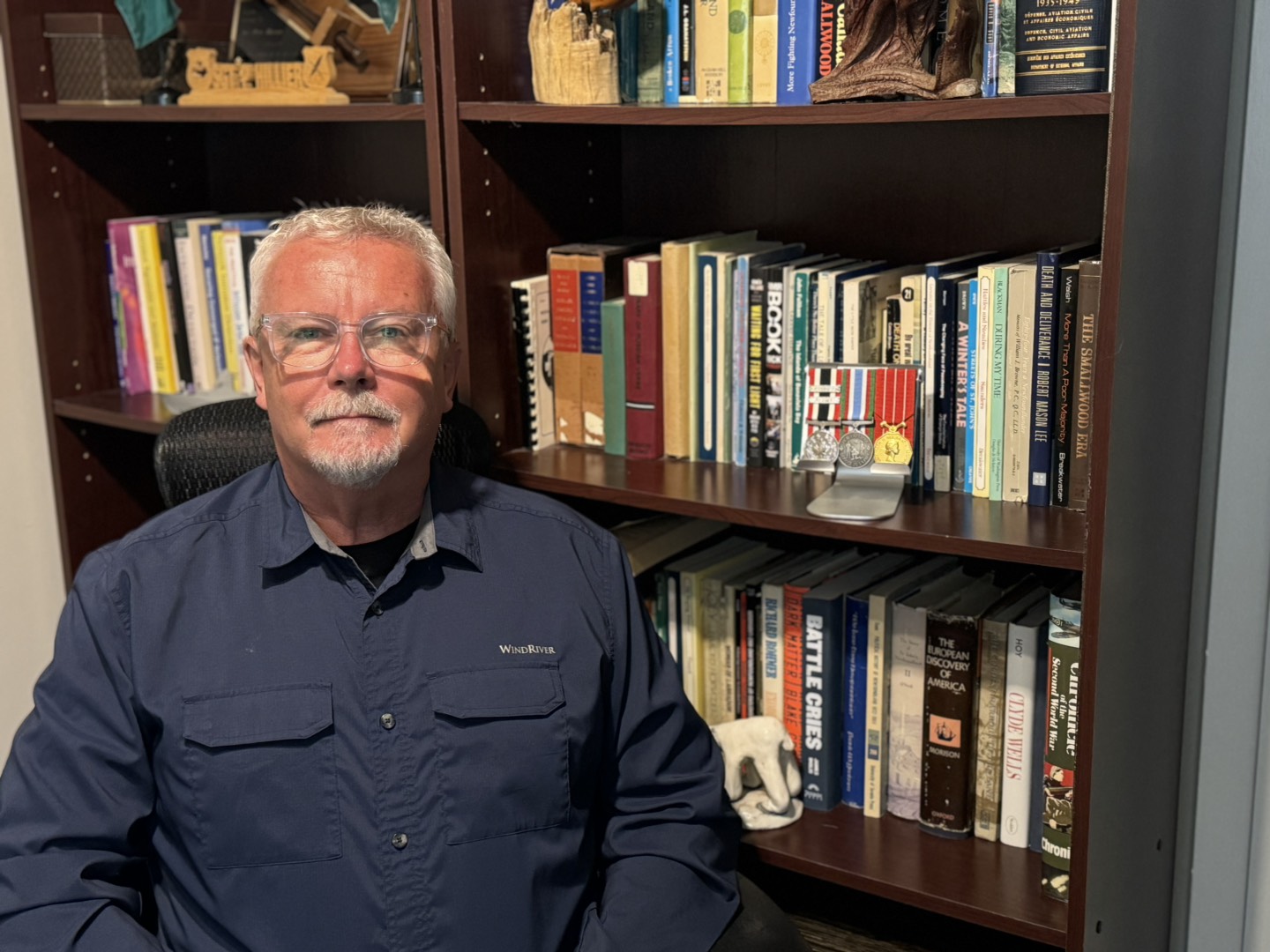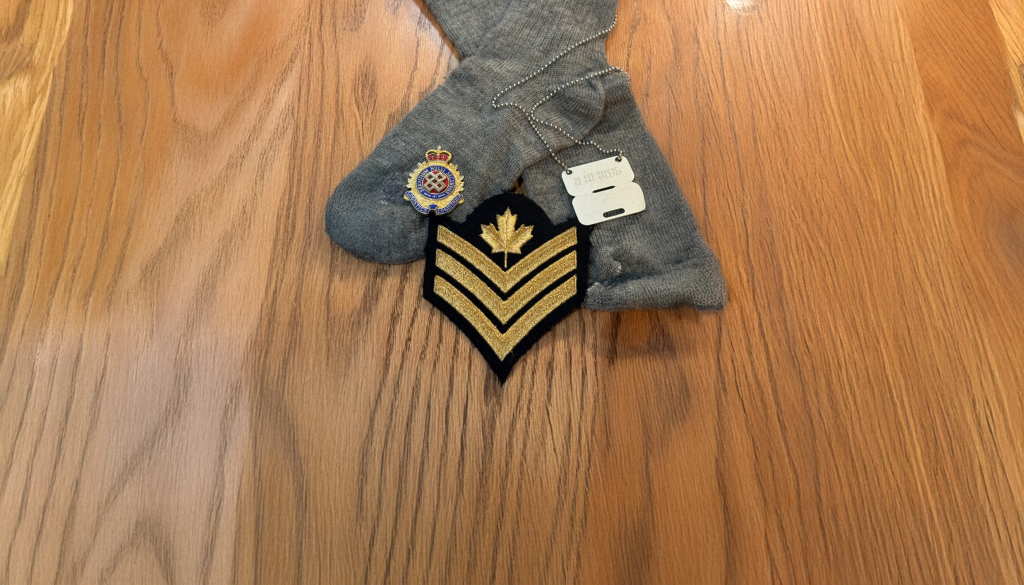- 2024-10-09
- Blog
Transition, mental health and my journey to ‘small e’ Systems Security Engineering

“Small e” Systems Security Engineering (SSE)? Yes, we’ll get to that. But first, let me take you on the journey that led me there.
I didn’t grow up with much. My childhood was marked by hardship and the trauma of those early years impacted my ability to perform academically. When I left high school, I didn’t graduate — I failed trigonometry twice, once during the school year and again in summer school. That was it for me.
In 1980, while my friends were heading off to university to study things like civil engineering, I found myself wandering. One day, I walked by a Canadian Armed Forces (CAF) recruiting centre with no particular plan in mind. On a whim, I decided to go in. After completing the aptitude tests, I chose the Communicator Research trade, drawn by its focus on communications and the secretive nature of signals intelligence (SIGINT). I knew then that I had found my path.
In 1981, after completing basic training and six months of SIGINT courses, I was posted to my home province. Over the next 20 years I served across Canada and beyond, including on multiple coasts, in Ottawa and overseas in Italy and Bosnia. One of the highlights of my career was leading the creation and development of Canada’s first Computer Incident Response Team (DND CIRT) in 1999. Alongside the National Vulnerability Assessment Team (NVAT), we formed the Information Protection Centre, which later evolved into the Canadian Forces Network Operations Centre.
The early 2000s brought a new chapter. I transitioned from military life to the private sector, replicating the creation of security operations centres in the commercial world. Over the years I worked for various companies, but growing a small security risk management practice from $5 million to $22 million annually within three years was a particular achievement.
Despite these professional achievements, there was an underlying issue that I hadn’t fully recognized — my mental health. Years of high-pressure work and the traumas I had experienced in both my personal and military life began to take their toll. I retired in 2001, but the process of transitioning from military life combined with unaddressed posttraumatic stress disorder (PTSD) severely impacted my relationships with my Family, my colleagues and myself.
The recognition of my mental health struggles came too late — after damage had already been done. I struggled to understand why I was constantly battling anxiety and frustration, why I felt disconnected from the people around me. Unfortunately, the cost of my mental health challenges wasn’t only mine to bear — it affected those closest to me.
In 2010, I entered personal counselling. It was then that I first became aware that I might be suffering from symptoms of PTSD. Despite this realization, it wasn’t until 2020 that I was officially diagnosed. Over the last four years, with the support of Veterans Affairs Canada, I’ve learned how to navigate the process of getting the right help. Finding a good therapist has made all the difference and I continue to benefit from the work we’ve done together. This journey has been long and challenging, but it has also been transformative, allowing me to make meaningful changes that have improved both my personal and professional life.
Although my journey toward healing has been long, I continue to work on overcoming the hurdles that PTSD and mental health challenges bring. Today I am committed not just to my profession but to being a mental health advocate for other Veterans facing similar struggles. I became a Mental Health First Aider because I wanted to give back and help others navigate their mental health challenges earlier than I did. No one should feel that they have to face it alone.
I joined the Naval Engineering Test Establishment in 2016, consulting on cybersecurity aspects of the Canadian Surface Combatant project. Over these last several years, I’ve learned more about SSE than at any other point in my 42-year career. I’ve also come to appreciate the distinction between true engineering roles and what I refer to as “small e” SSE. Many roles in the security industry are labelled as engineering roles, but if you’re not a licensed engineer, those are technically not engineering roles. I respect the hard-earned qualifications of my professional engineer colleagues — hence, the “small e.”
The point? Whether you hold formal credentials or not, there are many paths to success. My story shows that university education isn’t the only route, especially in today’s environment where training, mentorship and free resources are more accessible than ever. The key is tenacity, a willingness to learn and a readiness to tackle challenges.
In mentoring transitioning military members, I often reflect on how much more support is available now than when I transitioned. Mentorship programs, free training platforms and networking opportunities are abundant. Regardless of your background, if you’re committed to learning and growing in any field, there are countless resources to help you get there.
I haven’t had an easy path, and there were days when I felt completely overwhelmed. But I can say that I never regretted the work and I continue to take pride in everything I do. If you’re reading this and are on a similar journey, know that you can carve out your path just as I did. And if you need someone to talk to, I’m always here to help.
As you embark on your journey, remember this: You are the product of your environment, so choose it wisely. That’s advice I’ve lived by throughout my career and my journey with mental health.
— Peter J. Hillier, CD, CISSP, ISO27001 Auditor
Are you a Veteran or Family member with a story to tell? Get in touch with us and you may be featured on this blog!

